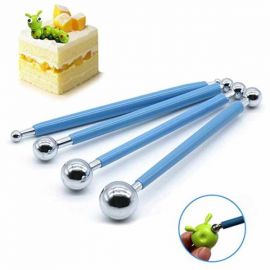You look to be on a good course for the build. I would suggest not getting too bogged down in making everything too precise or optimal...
Thank you for the response and the counsel.
The switch band not only transfers the the thrust load at lift off, it also transfers the drogue charge separation pressure away from your upper shear pins.
With HED deploy the switch is the way to go, convention DD with a riveted or bolted upper then it is not needed
Yup... I "see" it now. The switch band transfers the thrust across the the seems from the booster tube to the NC, and since the avbay/coupler is bonded to it, the band transfers the reactive load from the avbay/coupler wanting to stay put on launch and thus removing the thrust load from the shear pins. Yup... and again at drogue sep.... prevents transfer of reactive force of ejection charge from transferring to the NC pins.... Yep, as I said, I don't know how I missed it.
Definitely using the band now...























![20221207_143430[1].jpg 20221207_143430[1].jpg](https://cdn.imagearchive.com/rocketryforum/data/attachments/466/466641-0f44700467d3a55a1e70ca70c11a6a5d.jpg)
![20221207_143459[1].jpg 20221207_143459[1].jpg](https://cdn.imagearchive.com/rocketryforum/data/attachments/466/466642-2f2b2382fafa94cfc9a42302089e7e72.jpg)
![20221207_144255[1].jpg 20221207_144255[1].jpg](https://cdn.imagearchive.com/rocketryforum/data/attachments/466/466644-c8278c495b13f15e907446a6d4a67fd0.jpg)









